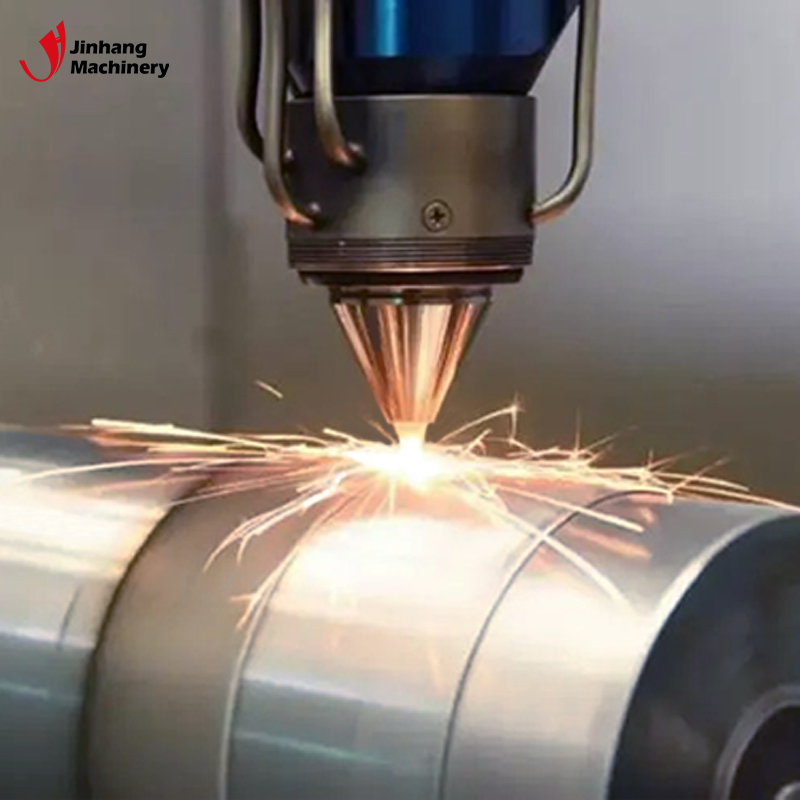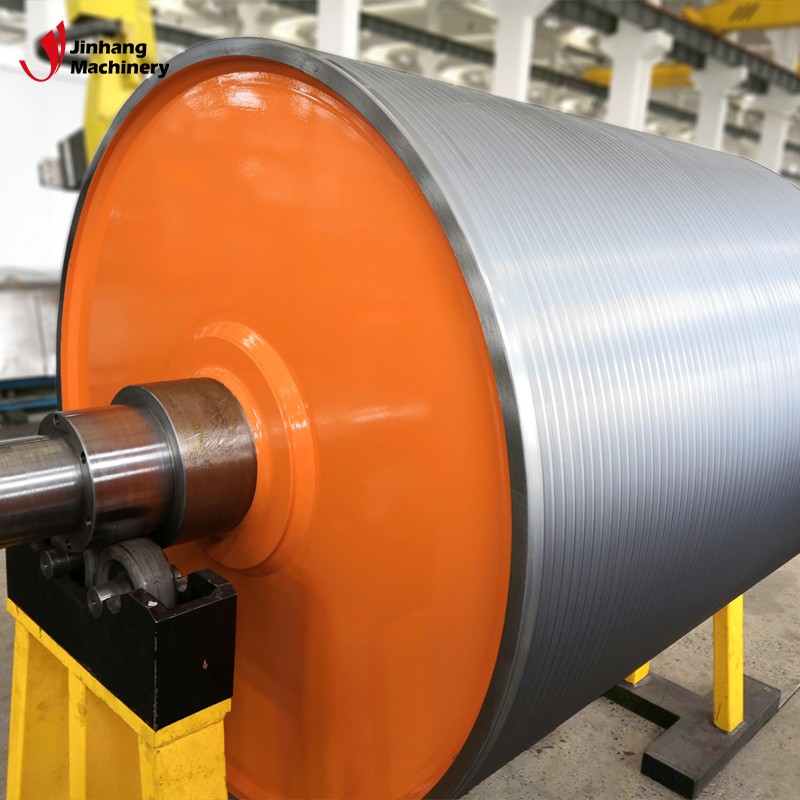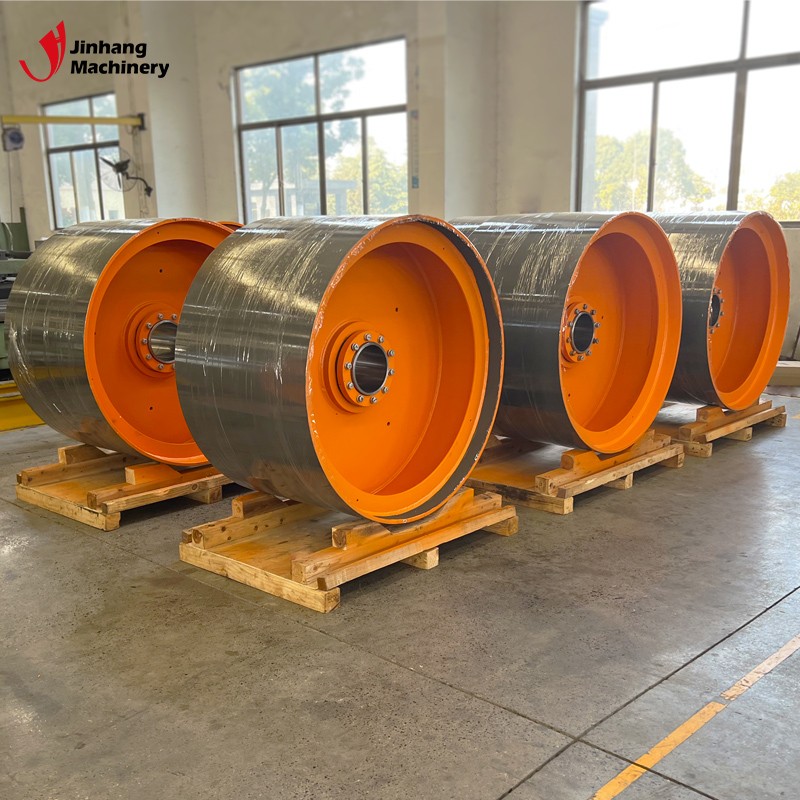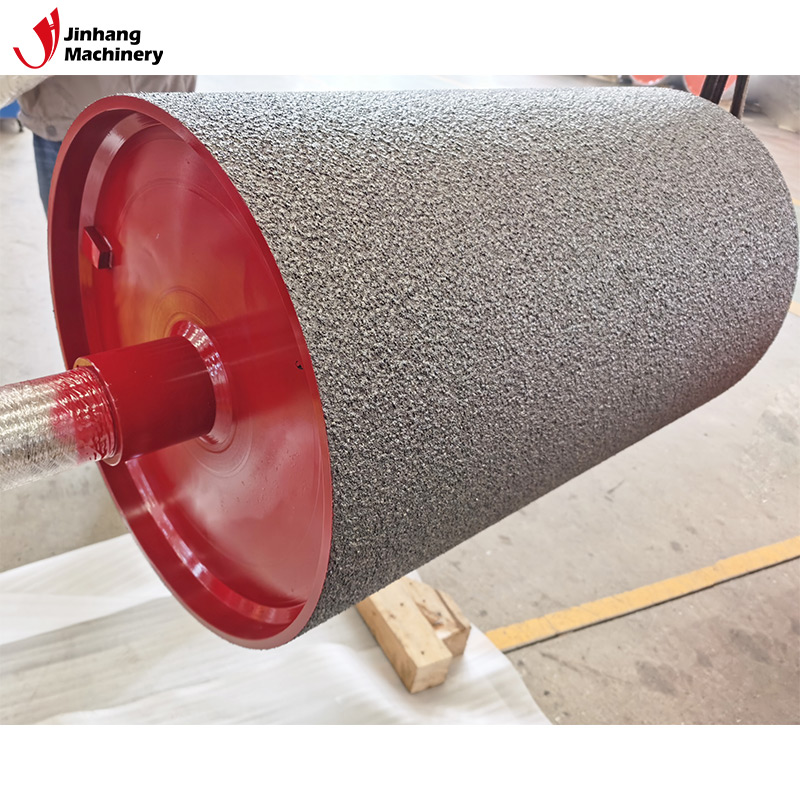Will the chrome layer of industrial chrome-plated rollers crack?
In modern industrial production, chrome-plated rollers are widely used in various manufacturing processes. Due to their excellent wear resistance and corrosion resistance, they have become the preferred equipment for many companies. However, whether the chrome-plated layer of chrome rollers will crack during long-term use is a key issue that many companies must pay attention to when maintaining and servicing equipment.
This article will explore in depth the causes, effects and prevention of cracking of the chrome-plated layer of industrial chrome-plated rollers.

What is an industrial chrome-plated roller?
An industrial chrome-plated roller is a device that covers the surface of the roller with a layer of chromium metal through an electroplating process. The thickness of the chrome-plated layer is usually between a few microns and tens of microns, depending on the specific use and working environment of the roller. The main function of the chrome-plated layer is to improve the hardness, wear resistance and corrosion resistance of the roller, so that it can still maintain good working performance in a high-intensity and high-wear environment.
What is the reason for the cracking of the chrome-plated layer?
Although the chrome-plated layer performs well in improving the durability of the roller, it may also crack under certain conditions. The following are the main reasons why the chrome layer cracks:
Stress concentration:
The chrome layer itself is a hard and brittle material. When the roller works in a high-stress environment, if there are stress concentration points in the design or manufacturing process of the roller, the stress in these areas will be concentrated on the chrome layer, causing it to crack.
Difference in thermal expansion coefficient between substrate and coating:
The thermal expansion coefficient of the substrate and chrome layer of the roller is different. When used in a high-temperature environment, the substrate and chrome layer will produce internal stress due to the asynchrony of thermal expansion and contraction. If this stress exceeds the tensile strength of the chrome layer, it may cause the chrome layer to crack.
Uneven coating thickness:
During the electroplating process, if the thickness of the chrome layer is uneven, the weak part will become a stress concentration point, which is prone to cracks during use. This situation is particularly common at the edges or concave and convex parts of the roller.
Chemical corrosion:
Although chromium has excellent corrosion resistance, the chrome layer may still be corroded in some extreme chemical environments, especially when working for a long time in acidic or alkaline media, the chrome layer will gradually lose its integrity and eventually crack.
Mechanical wear:
Long-term mechanical friction and wear will weaken the strength of the chrome plating layer, especially when it comes into contact with hard materials, the wear will intensify, causing the chrome plating layer to crack or even peel off.

What are the effects of a cracked chrome plating layer?
Once the chrome plating layer is cracked, it will not only affect the service life of the roller, but may also have a negative impact on the production process. Here are some possible consequences:
Damage to the roller surface:
After the chrome plating layer is cracked, the base material of the roller is exposed to the outside and directly exposed to the external environment, causing the roller surface to wear or corrode rapidly, affecting the quality of the product.
Degradation of product quality:
During precision processing such as printing and coating, any defects on the roller surface will be directly reflected on the product, causing defects on the product surface, affecting the yield and market competitiveness.
Reduced production efficiency:
After the chrome plating layer is cracked, the performance of the roller is reduced, which may cause the equipment to be frequently shut down for repair and replacement, seriously affecting the normal operation of the production line and reducing production efficiency.
Increased maintenance costs:
The repair cost after the chrome plating layer is cracked is high, and it may even be necessary to replace the entire roller, which will greatly increase the company's maintenance and production costs.

How to prevent the chrome plating layer from cracking?
In order to avoid the loss of the enterprise caused by the cracking of the chrome plating layer, effective preventive measures must be taken. Here are some key preventive methods:
Optimize the design and manufacturing process:
When designing and manufacturing the roller, the stress concentration points should be avoided as much as possible, and a reasonable geometric design should be adopted to ensure that the chrome plating layer is evenly covered on the roller surface. At the same time, during the manufacturing process, the thickness and uniformity of the chrome plating layer should be strictly controlled to avoid stress concentration caused by uneven thickness.
Reasonable selection of substrate:
Choose a substrate with a thermal expansion coefficient similar to that of the chrome plating layer to reduce the internal stress caused by inconsistent thermal expansion and contraction. At the same time, the surface treatment of the substrate should also be sufficiently flat and clean to ensure good adhesion of the chrome plating layer.
Regular maintenance and inspection:
Regularly maintain and inspect the chrome roller to promptly detect and repair small cracks in the chrome plating layer and prevent crack expansion. In addition, the service life of the chrome plating layer can be extended by coating a protective layer or using anti-wear materials.
Optimize the working environment:
In the process of using chrome-plated rollers, extreme working environments should be avoided as much as possible, especially when working under high temperature, high pressure or highly corrosive media, and necessary protective measures should be taken, such as lowering the temperature, reducing the pressure or using preservatives.
Improve the electroplating process:
During the electroplating process, control the composition of the electroplating solution and the electroplating parameters to ensure the adhesion and toughness of the chrome-plated layer. Appropriately increase the electroplating time to make the thickness of the chrome-plated layer uniform, and adopt post-treatment processes such as heat treatment or cooling treatment to further enhance the strength and durability of the chrome-plated layer.

Conclusion
Although the chrome-plated layer of industrial chrome rollers has excellent wear resistance and corrosion resistance, it may still crack under certain conditions. Through reasonable design, manufacturing and maintenance measures, the cracking of the chrome-plated layer can be effectively prevented, the service life of the roller can be extended, and the smooth operation of the production line can be ensured. It is crucial for any enterprise that needs to use chrome-plated rollers for a long time to understand the causes and effects of the cracking of the chrome-plated layer and take corresponding preventive measures.
